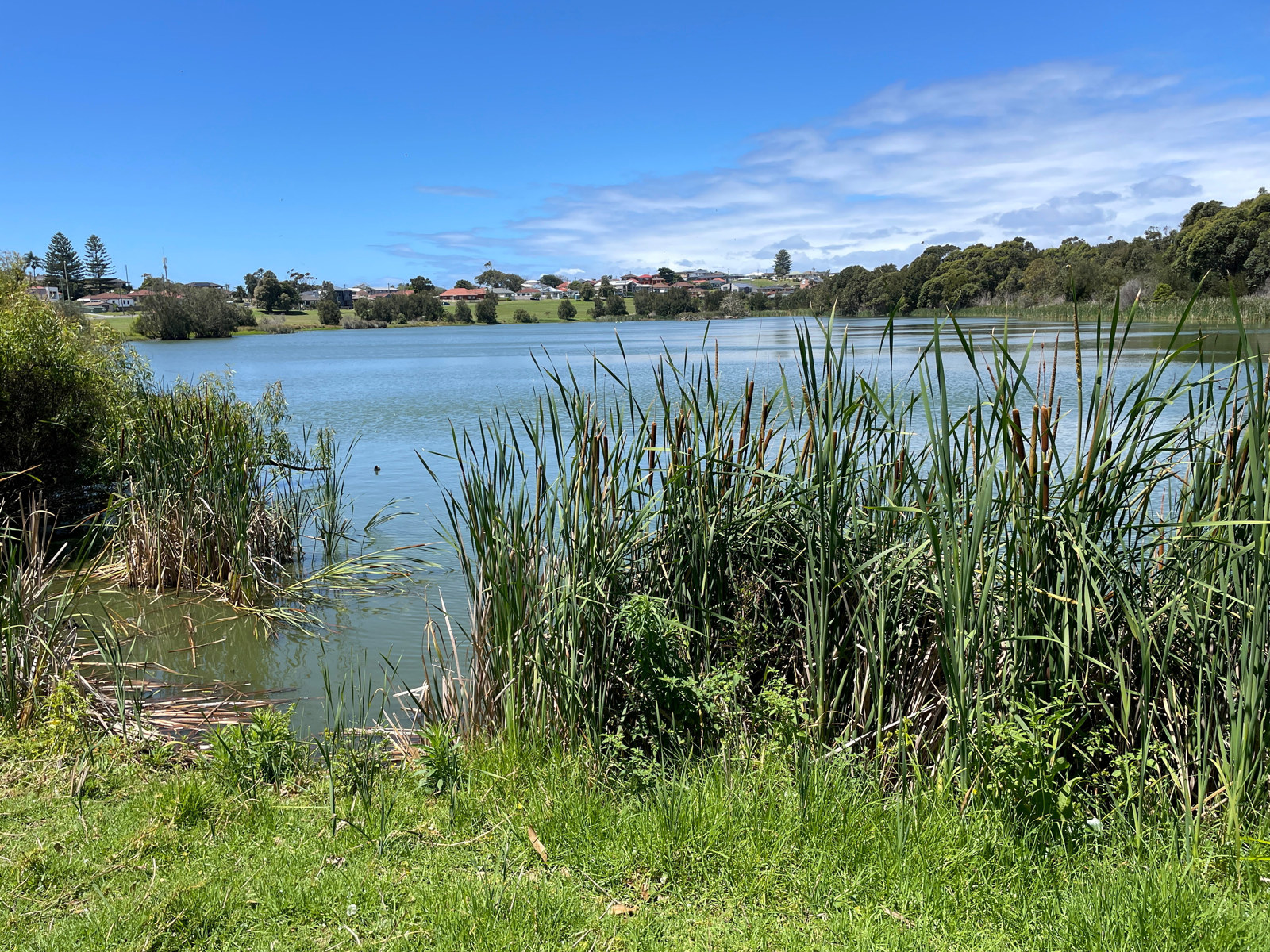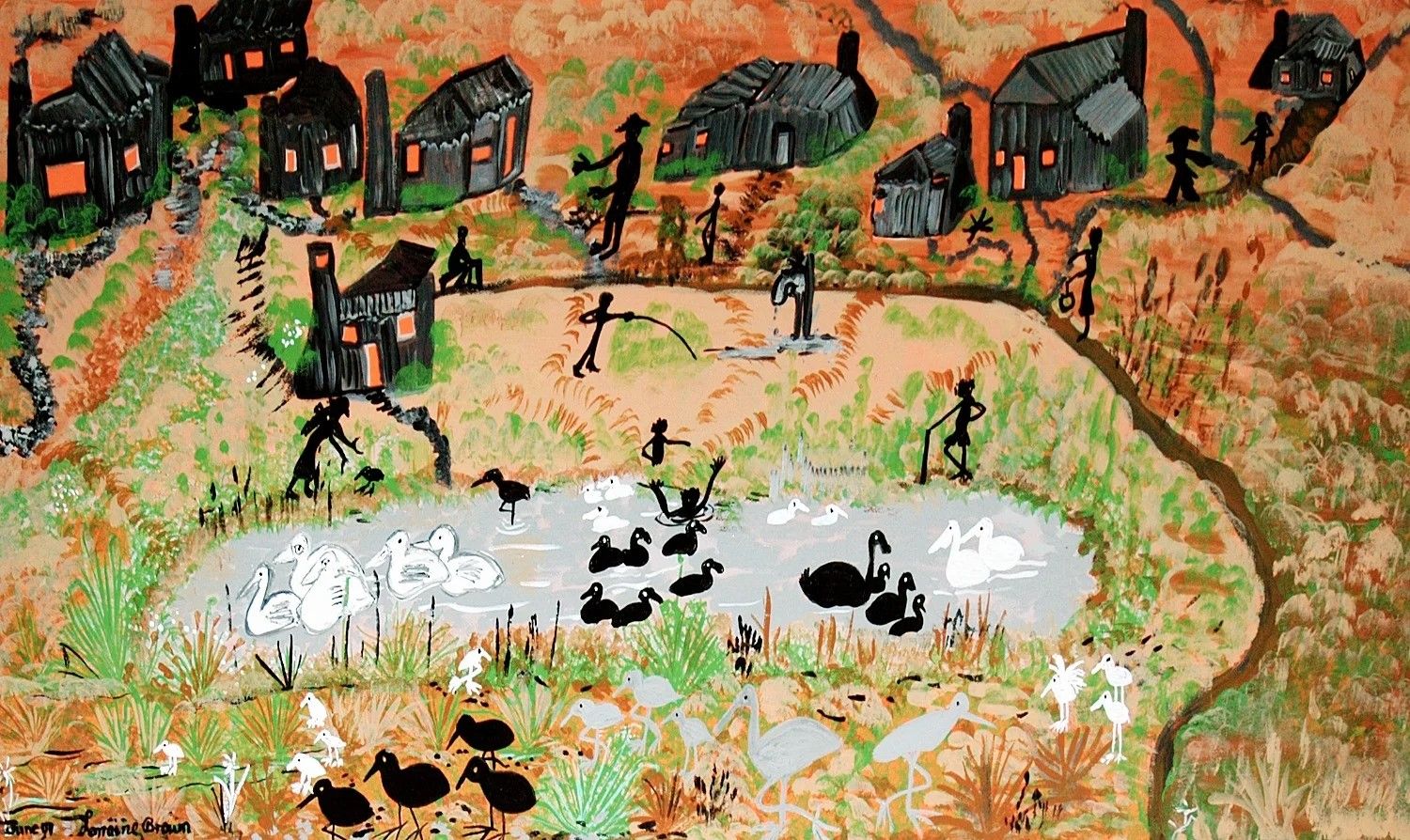Maria Lock’s 1831 petition
This extraordinary document is of great interest historically – and, as Dr Penny Stannard discovered, it also contains a moving connection to her own family that continues to resonate down the generations.
In 1831, a young Aboriginal woman, Maria Lock, wrote to Lieutenant General Ralph Darling, Governor of NSW, petitioning him to grant her a portion of land that had been promised to her at the time of her marriage. The petition, held in the State Archives Collection, is not only a significant record of the interaction between Aboriginal people and the state in colonial NSW, but, as I discovered, it also has a direct connection to my own family history.
A model student
Maria, daughter of Yarramundi, chief of the Richmond tribe, was one of the first students to attend the ‘Black Native Institution’ at Parramatta, which had been established by Governor Lachlan Macquarie in 1814. The institution was part of a pervasive agenda to ‘civilise’ Aboriginal people, which, in this case, was advanced through the inculcation of a Euro-British education and disconnection from Country and kin.
At some point while at Macquarie’s institution Maria met an English convict, Robert Lock. He was one of more than 160,000 men and women transported to NSW to serve a sentence for criminal offending. Robert was serving seven years for stealing a pig and carpentry tools.
In January 1824, Maria – then aged 16 – married Robert. Theirs was the first legally sanctioned marriage in Australia between an Aboriginal person and a European. At the time of the Lock marriage, the governor had promised Maria a portion of land as a reward for her efforts as a model student. Six years after her marriage, and now with two young children, she hadn’t received any land.
Maria decided to hold the Crown to account and wrote her petition requesting that the land be granted as promised. She also argued that land Macquarie had earlier granted to her brother Colebee, now deceased, should be given to her.
‘most favourable consideration’
Maria’s petition is crafted in beautiful cursive handwriting, and her tone is direct. Underneath her signature, another person has annotated the document. The handwriting is not nearly as neat or calligraphic. But it supports Maria and her land claim. The writer confirms that he’s known Maria since she was a child and feels ‘great pleasure in recommending’ her ‘to His Excellency, [for] most favourable consideration’.
The writer – I saw to my astonishment when I first viewed the petition in 2018 – was my great-great-great-great-grandfather the Reverend Robert Cartwright, rector of St Luke’s Church in Liverpool.
A serendipitous encounter
A year after I made this discovery, Maria’s petition was on public display for the first time in Marriage: Love and Law, an exhibition that I curated for NSW State Archives. During the exhibition launch I was standing beside Maria’s petition recounting my discovery to a guest. I could see a few other people listening in. As I concluded, a woman spoke up. She introduced herself as Leanne Tobin, the great-great-great-granddaughter of Maria Lock. At that moment – in 2019 – our histories collided. This completely serendipitous and deeply affecting experience drove home to me the power that archives can have in connecting the present with the past, and the personal with the political.
Maria was ultimately successful in her appeal. In 1833, she received 40 acres at Liverpool, and ten years later, Colebee’s 30 acres at ‘Black Town’.
Maria Lock had a large family, and there are many descendants living in Sydney and elsewhere who are the custodians of her extraordinary story and legacy.
Published on
Related

First Nations
Seeing Sydney, Knowing Country: The Library of the Dreaming
Dharawal and Yuin designer Alison Page shares the knowledge and philosophies that define Aboriginal understandings of Country and the life that is lived on it

First Nations
Do touch
We all know we can’t touch collection objects or artworks displayed in museums. However, the new display Cast in cast out by First Nations artist Dennis Golding at the Museum of Sydney includes a ‘do touch’ element

First Nations
Coomaditchie: The Art of Place
The works of the Coomaditchie artists speak of life in and around the settlement of Coomaditchie, its history, ecology and local Dreaming stories

First Nations
Coomaditchie: Of place
These works record the extraordinary arc the artists of Coomaditchie have travelled over more than three decades
